Dead End (1937)
“Never go back; always go forward!”
|
Synopsis: |
|
Genres, Themes, Actors, and Directors:
Response to Peary’s Review: Because producer “Sam Goldwyn wouldn’t let Wyler film on location”, we “don’t get a sense of the grit, grime, claustrophobia, and heat of the slums” — but Peary argues that “the clean studio sets with their painted backdrops act much like a Brechtian alienation device that forces us to realize that this story isn’t self-contained but rather is representative of many tragic real-life stories of the urban poor”. These days, Dead End comes across as an undeniably stage-bound but still compelling drama featuring fine cinematography and potent direction: each scene is expertly crafted, with dramatic black-and-white shadows metaphorically highlighting the abject distance between the river-bound slum and the wealthy tenants who literally look down on its residents. Bogart is well-cast in a role he first inhabited on Broadway: and Sidney is appropriately doe-eyed yet stoic: But the best performance is by Oscar-nominated Claire Trevor, who only appears onscreen for about five minutes yet packs a quietly devastating wallop. Redeeming Qualities and Moments: Must See? Categories
Links: |
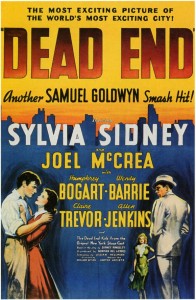

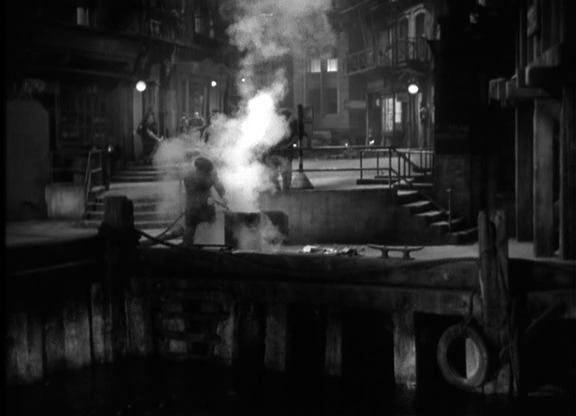

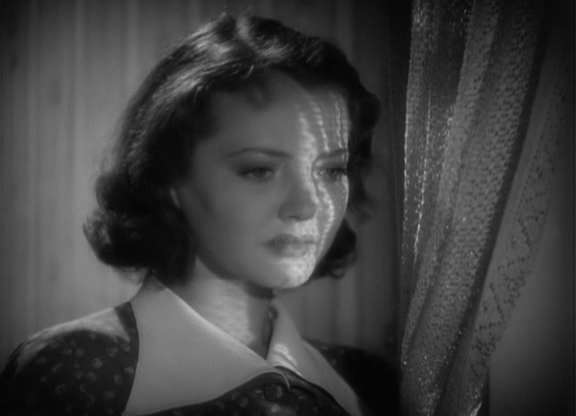
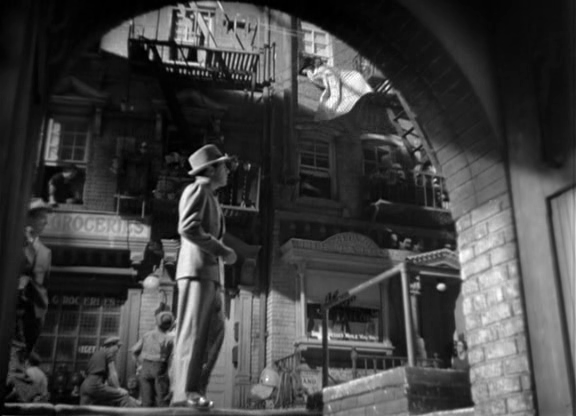
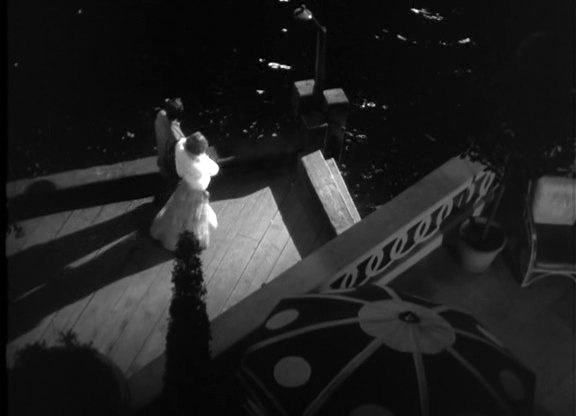


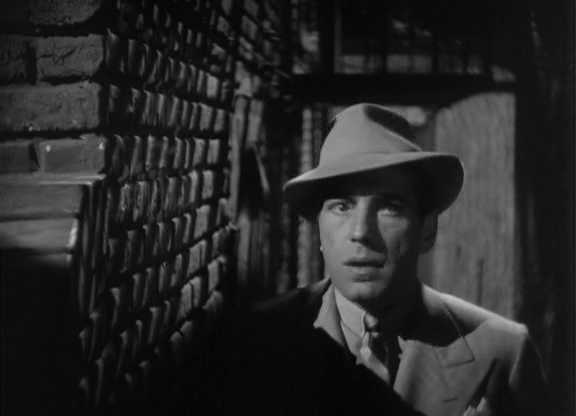
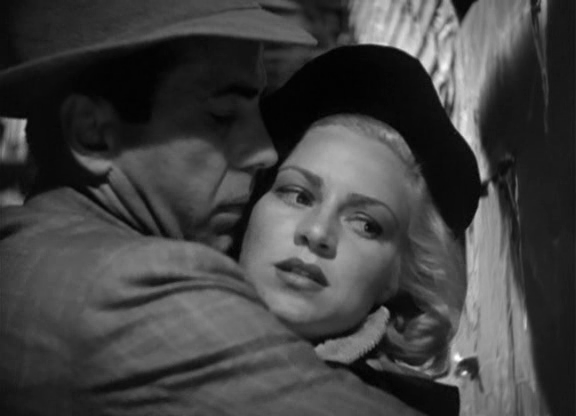
One thought on “Dead End (1937)”
A tentative once-must, for its place in cinema history.
Those who esp. love classic cinema may find themselves bewildered by how bogged-down this film is in its first half – the reason mainly being the focus on the Dead End Kids. Capturing realistic gang-mentality among the young is a chronic problem in film (see also ‘West Side Story’). Here, the behavior of the young boys comes across as not only unrealistic (as in, a Hollywood idea of what these kids are like) but also unbelievable (would these kids really *talk* in such a verbose manner?; seems unlikely).
There is such a focus on the young boys in the first half of the film that the result is a dent in the momentum – thus putting pressure on when the film actually takes off. Along the way, though, the most effective sequences are two-character scenes among the adults (i.e., Marjorie Main opposite Bogart, as her son; Trevor with Bogart; Sidney with McCrea).
The film comes absolutely alive in its last 30 minutes (even though these too are also somewhat hampered by an intrusive reprise of the not-all-that-convincing behavior of the boys).
Toland’s work as DP, however, is impressive throughout – and especially when the script (again, in the last 30 minutes) gives him a legitimate area to go whole-hog with creativity.
Essentially, I was rather bored with the first half of this film, as it seems sluggish – but it does pick up,